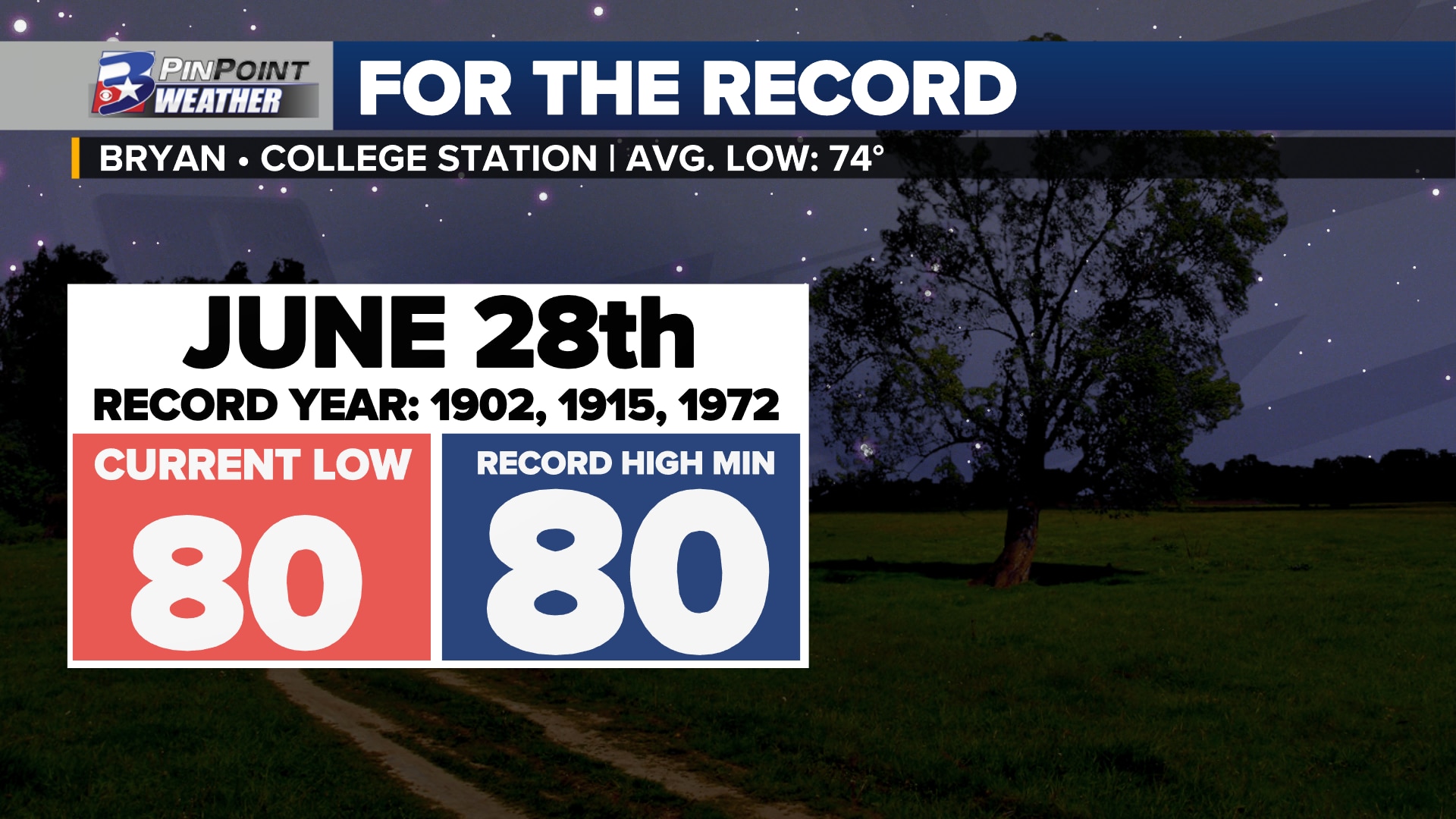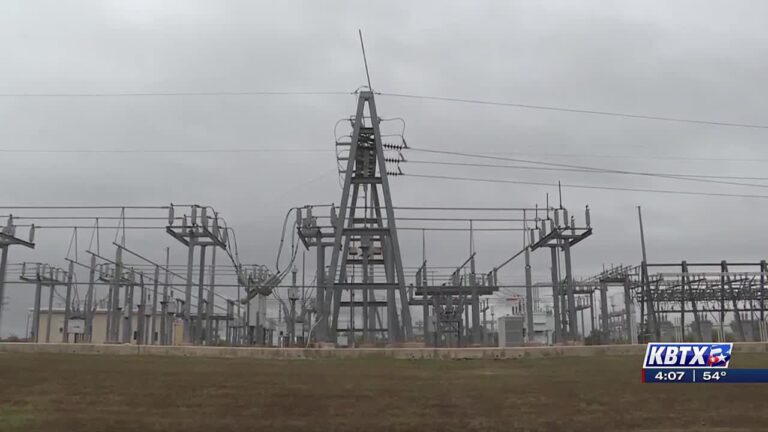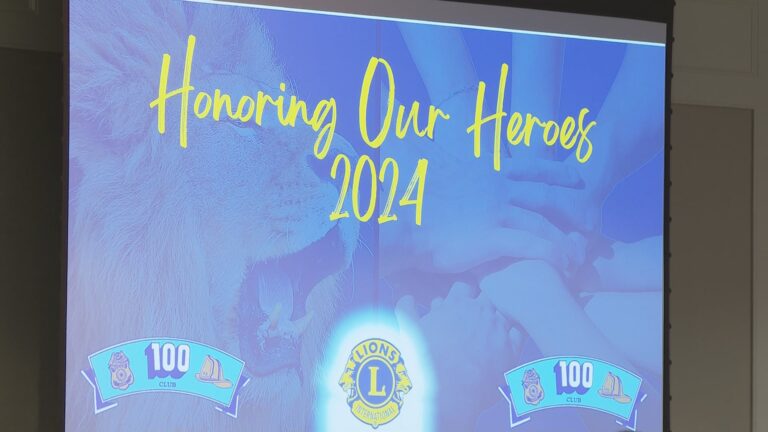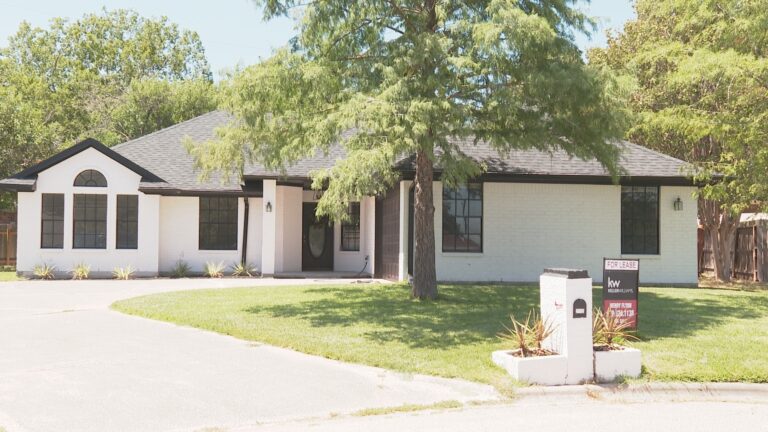Bryan-College Station keeps breaking records for warm overnight temperatures. More are expected to start July
BRYAN, Texas (KBTX) – Bryan-College Station reached two new warmth records this week, just not the one most will typically think of. The Record High Minimum — the warmest low temperature of record — was broke and re-set Sunday and tied Wednesday.
June 25th: 2023 replaced the previous record of 81° originally set in 1915 (108 years ago) and tied in 2009 (14 years ago) by only falling to a low of 82° Sunday morning.June 28th: 2023 tied the previous record of 80° first set in 1902 (121 years ago) and tied in 1915 (108 years ago) and 1972 (51 years ago)
MORE RECORD HIGH MINIMUMS ARE SET TO BE TIED OR BROKEN IN THE FIRST WEEK OF JULY
Afternoon temperatures for the first days of the new month are expected to fall from triple-digits to just double-digits. Sounds great, right? Well, no. Gulf moisture is expected to increase as the big dome of high pressure from this week breaks down and moves out of Texas. That in turn will increase the humidity and make it feel almost exactly the same as what was experienced this past week which was full of 100° highs.
Low temperatures are forecast to tie or break the records for the warmest nighttime during the first week of July
What does this have to do with warm overnight lows? Air that holds on to more moisture has a harder time cooling down overnight and does not heat up as quickly through the daytime hours. With higher humidity, morning thermometers are only expected to fall to or remain above 80° for many in the Brazos Valley by and beyond the 4th of July. As of Wednesday, forecast low temperatures from July 4th through 8th are set at 80°. The current standing records for those days:
SUMMER NIGHTS ARE GETTING WARMING IN THE BRAZOS VALLEY
🔴RECORD HIGH MINIMUM
For a 2nd time this week, 2023 will get a spot in #bcstx‘s record book for the WARMEST LOW temperature.
More of the same are expected for much of next week. Why?
1) an influx of moisture
2) b/c summer lows are warming in the Brazos Valley
Here’s more⤵️ pic.twitter.com/mwc3tVJiBv
— Shel Winkley 👍 (@KBTXShel) June 29, 2023
While increasing extreme daytime heat is one of the clearest signs of a warming climate, low temperatures have also increased. In many cases, nighttime low temperatures are increasing more rapidly than daytime high temperatures. When nights don’t cool off enough relative to peak daytime temperatures, people also have a harder time cooling off. Sweltering nights can prolong heat stress and related health risks during the hottest time of year.
The average temperature of summer night’s has increased nearly 4° over the last 50+ years
Since 1970, summer’s average low temperature in Bryan-College Station has steadily increased. In this 53-year period, that average has increased by 3.8°, with the most rapid warming evident in the 2000s. The Brazos Valley is not alone. According to Climate Central, Summer nights have warmed by 2.7°F across the contiguous United States during this same span of years. Across the Southwestern US, summer nights have earned by 3.8°F, as much as 3.5°F in the Western US, and the same in the northwest region of the country.
More warm nights also mean higher demand for air conditioning, which is less accessible to low-income households. A 2021 Climate Central analysis found that 235 U.S. locations have experienced rising cooling demands since 1970 due to rising temperatures. Higher cooling demand means higher energy bills and higher risks among households that lack or cannot afford to run air conditioning systems. Running air conditioners can further increase cooling demand both in the short term (as waste heat increases outdoor air temperatures) and in the long term (due to additional carbon pollution from running a rapidly-growing number of air conditioners globally).







